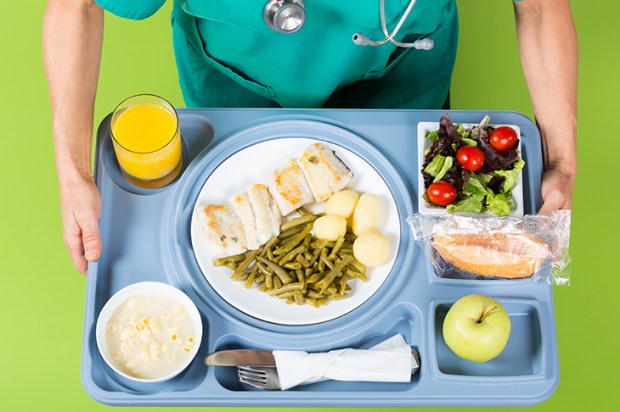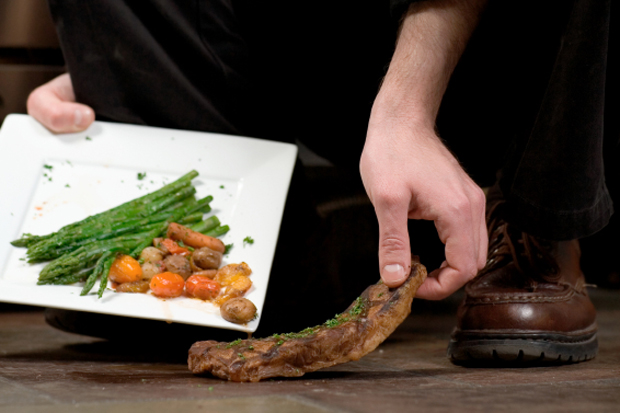Is it just my age, or has summer always galloped past with indecent haste? No sooner do the reluctant leaves force themselves into the cold, like early morning runners, head down, braving the rain, than they are over, looking dusty and tired, turning yellow, spent. I know how they feel.
My chief complaint is cramp. I don’t think anyone is researching cramp. It’s not life-threatening and so of no interest to big pharma or the medics. But it sure as hell interests me. Leaping up five times a night yelping as thigh, calf and foot take turns is torture. And before any kind reader suggests magnesium, salt, phosphorous, calcium, warm baths or stretching exercises, raw potatoes or used wine corks in bed (my mother’s dotty solutions), airline compression stockings, or any of the snake oils sold on the internet, I’ve done them and they don’t work. The only thing that does is massive doses of painkillers, especially morphine. I discovered this when I broke five ribs in a car crash in New York. Knowing I couldn’t move, I lay in terror of night cramps. But not a twinge. However, taking double doses of tramadol just in case seems extreme.
I’m heartedly sick of hearing how feckless and selfish the young are. Maybe I move in enchanted circles, but I keep on meeting young people making a go of it, and frankly if they are the future, we should have no fear of Brexit. At Hugh Fearnley-Whittingstall’s River Cottage Festival, there were (among the Glastonbury refugees selling henna tattoos, yoga classes and herbal remedies) new cheesemakers, butchers, jam- and pickle-makers, restaurateurs, furniture-makers and brewers, all having successful careers out of work they love. England now has more artisan cheeses than France. Last month I helped judge the first year of the British Charcuterie Awards and there were 443 entries, mostly start-ups by young people.
I recently met an amazing young woman. Alice Thompson was being given an honorary degree at Queen Margaret University in Edinburgh. Used to honorary degrees going to distinguished oldies, I was surprised to see a young woman looking no older than the students. But if ever anyone deserved an honour, it is she. Six years ago, she and her business partner Josh Littlejohn MBE set up the Social Bite café chain, selling posh sarnies. Nothing marvellous about that, but for every sandwich sold, one was given to a street sleeper. The chain now employs 100 people, many of them ex-homeless, and gives away 100,000 meals a year. Then Alice decided that the way to make lots of money in one night, and at the same time make the public aware of the extent of homelessness, was to charge people to camp out in sub-zero temperatures. Last year The Sleep in the Park in Edinburgh’s Princess Street Gardens hosted 8,000 people, who had a great time and raised £4 million. Having concluded that the system makes it impossible for someone without a home to find or keep a job, get proper healthcare or avoid the drug peddlers, the charity spent the money on building a Social Bite village of great little housing pods, cosy and warm, with decent bathrooms, proper kitchens etc. Alice is only 28 now — just think what more she’ll achieve.
At last we got to visit Emma Bridgewater’s factory in Stoke-on-Trent, and marvel at how she has built a successful business in a pottery town dying on its feet. Imagine the sucking of teeth and head-shaking she must have endured in the early days. The place is a delight: part visitor attraction with restaurants, shops, painting classes and events, and part factory, turning out new ranges and old favourites sold all over the world. One surprise is an oasis of cottage garden in what was a derelict yard between factory wall and the back of the shop. It’s crammed with colour and interest all year round, with a mix of perennial and annual flowers, herbs and even the odd apple tree, all in raised beds made from old water troughs. Half a dozen breeds of hen scratch around between them. There are greenhouses on the roof for propagation and overwintering and since visitors come to the factory year-round, plants are removed and replaced as soon as they no longer earn their keep with colour or shape. The mastermind is young Arthur Parkinson who knows his stuff. He had great employers and mentors (Susan Raven on horticulture and the Duchess of Devonshire on chickens) but the enthusiasm, imagination and hard graft are all his. His book, The Pottery Gardener, is out now. One day soon, I bet, that young fella will be the next Monty Don or Alan Titchmarsh.
Got something to add? Join the discussion and comment below.
Get 10 issues for just $10
Subscribe to The Spectator Australia today for the next 10 magazine issues, plus full online access, for just $10.
You might disagree with half of it, but you’ll enjoy reading all of it. Try your first month for free, then just $2 a week for the remainder of your first year.














Comments
Don't miss out
Join the conversation with other Spectator Australia readers. Subscribe to leave a comment.
SUBSCRIBEAlready a subscriber? Log in